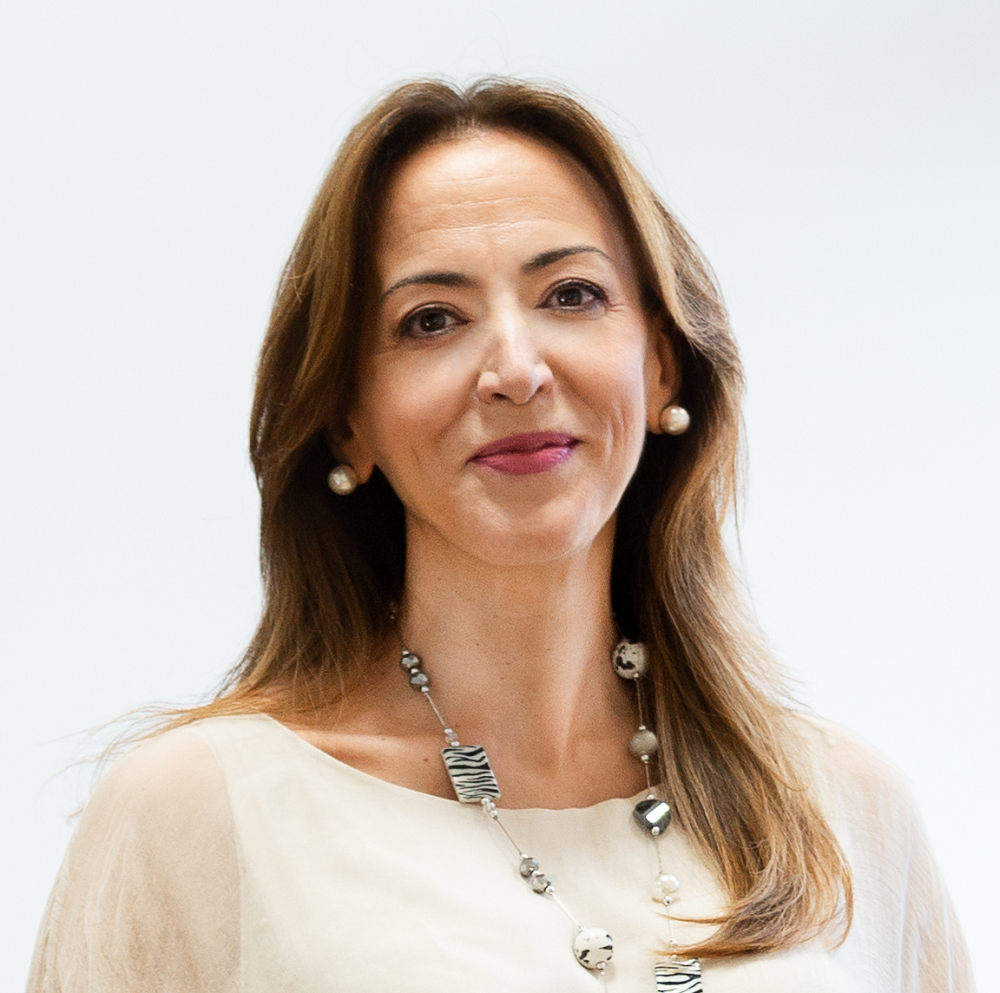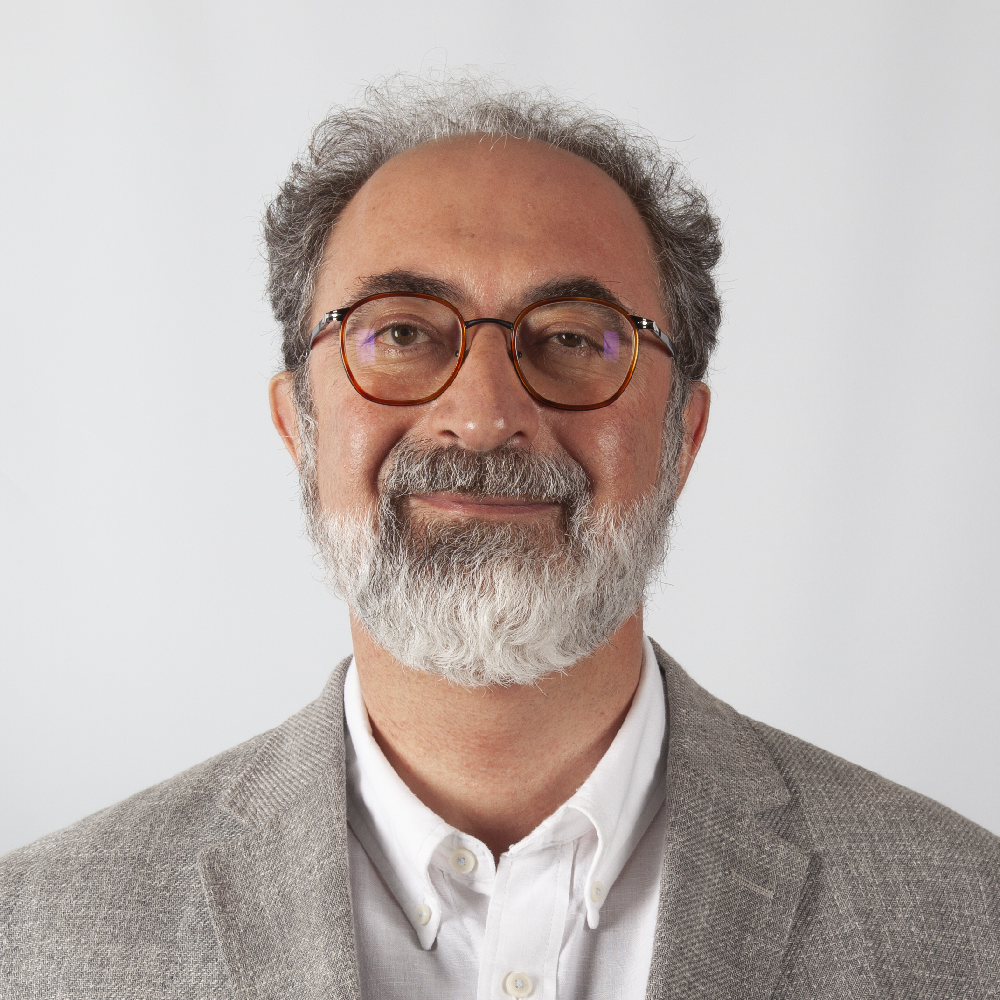Board of Directors

Vitor Domingues dos Santos
Chairman

Maria Helena Campos
Member

João Paulo Saraiva
Member

Sónia Páscoa
Member
Expansion of the Metro Network
The projected expansion of the Metro Network (Expansion Plan of the Lisbon Metro Network 2010-2020) was approved by Order from the Ministry of Public Works, Transport and Communications (MOPTC) dated September 11, 2009.
The Base Programme was carried out taking into consideration the solution provided in the viability study, as approved by Letter – SEAAmb-Of. 588, dated April 2017.
According to the approved expansion plan, the Yellow Line will lengthen the Yellow from Rato to Cais Sodré (Green Line) and will include two new stations: Estrela and Santos.
Mission
To provide commuter rail service through metrorail, focused on the client and sustainable mobility.
Vision
To be the commuter rail service operator ensuring urban mobility in Lisbon, according to the best quality, safety, profitability, social and environmental standards.
Values
- Innovation and Development
- Responsibility
- Quality
- Rigour and Integrity
- Competence and Safety
The Metro in numbers
stations
miles of railroad extension
lines
Our history
Metropolitano de Lisboa, E.P.E. is a public corporation with legal personality and administrative and financial autonomy, governed by its bylaws and the law applying to public undertakings.
The company was founded on January 26th 1948 to conduct the technical and economic study of a passenger transportation system, which would operate below ground level in the city of Lisbon. The authorisation for the installation and development of public services was granted on July 1st 1949.
Construction works began on August 7th 1955 and four years later on December 29th 1959 the system started its operation. The initial section of line opened to the public was an Y-shaped formed by two distinct sections of line, Sete Rios (presently, Jardim Zoológico) – Rotunda (presently, Marquês de Pombal), and Entrecampos – Rotunda (Marquês de Pombal) joining a common section of line, Rotunda (Marquês de Pombal) – Restauradores. Rotunda (Marquês de Pombal) station enabled the transfer between the two first sections of line. It was a big event for the city and had an enormous success, transporting 15.3 million passengers in the first year.
Documents
- Annual Reports
- Sustainability Reports

